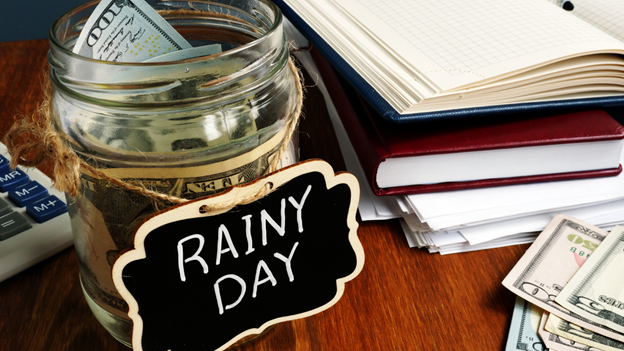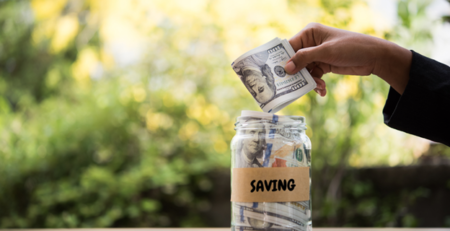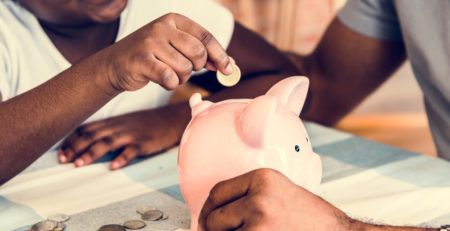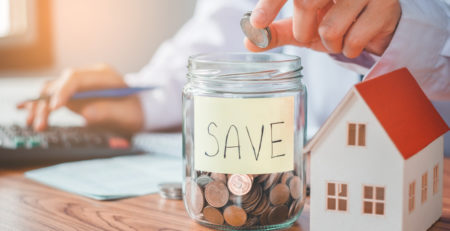Easy Ways to Build Up Your Rainy Day Fund
Everyone knows how important it is to save money in the bank each month. Whether you’re saving for a house, a new car, or for a wedding, you likely have your monthly expenses budgeted out. This allows you to stay on track with your monthly expenses and put some aside for your savings. But have you accounted for saving towards a rainy day fund in your budget?
A rainy day fund refers to those smaller, one-time, and usually unplanned expenses that may crop up from time to time. Think car or house repairs, non-emergency medical visits, or travel expenses. This is different from an emergency fund, which you should save more towards if you lose your job, have a medical crisis, or have another financial circumstance. Regardless, it’s essential to have some money saved in your rainy day fund so you don’t have to go into debt for smaller expenses. Best case scenario, you won’t have to use it, and you can move it towards your emergency fund instead!
Though it can depend on your location and the current state of the economy, most experts recommend having roughly $500-$2,000 in your rainy day fund. Even though that’s not a small amount of money, it’s often easier to build up your savings than you think! Here are some easy ways you can grow your rainy day fund:
- Budget. First, go over your monthly budget and see how much you can feasibly put into your rainy-day fund each month. You may have to cut down on another monthly expense to make room for this and evaluate where you may be overspending.
- Start an Account. Open a designated bank account, specifically for your rainy day fund. This way, you can easily see at any time how much money you have saved and how close you are to your “goal number” if you have one. You can also quickly transfer and take funds from this account as needed.
- Goals. Set some general goals for your fund. If you know you have to travel for a wedding, pay for a kid’s school expenses, or buy someone a gift, build these expenses into your rainy day fund immediately so you know exactly how much you should have saved. This will also help you determine how quickly and how much you need to save!
- Build Habits. Starting a rainy day fund is one thing, but keeping it up is another. Try to build habits to help you continue growing your rainy day fund so that it’s easier to increase it later on. For example, how often do you eat out or get take out? Three or four times a week? Try decreasing it to 1-2 times per week and putting the rest of the money towards your fund. $30-50 a week ends up being $1,560-2,600 a year– easy money saved!
- Adapt to Your Financial Situation. If you have any changes to your financial situation, try to adapt your budgeting plan for saving towards your rainy day fund. For example, if you get a raise, huge bonus, or come into a lot of money, you may want to put more money into your rainy day account to help you save faster. Also, consider that your expenses could change if you get a higher-paying job, and you may need to rethink your entire budgeting plan.
Marseilles Bank is here for all your banking needs. From opening an account, online banking, and business banking to financial services and notary services, we are a community bank focused on giving you a big bank experience. That’s what makes us an extraordinary bank!











Leave a Reply